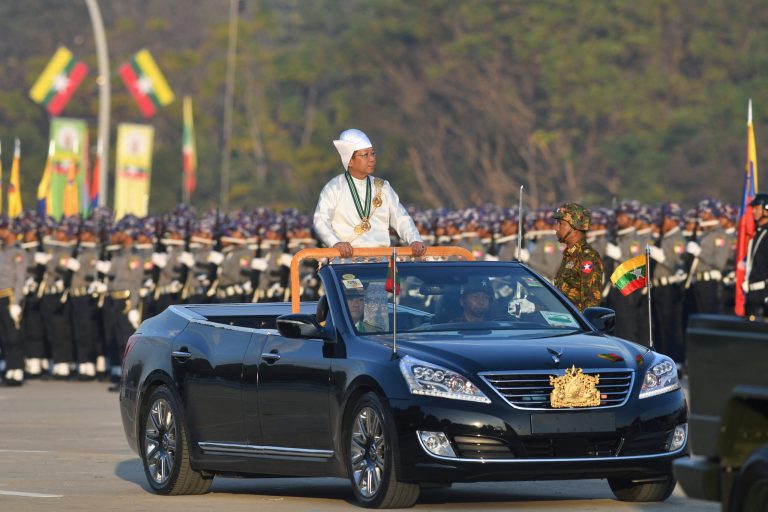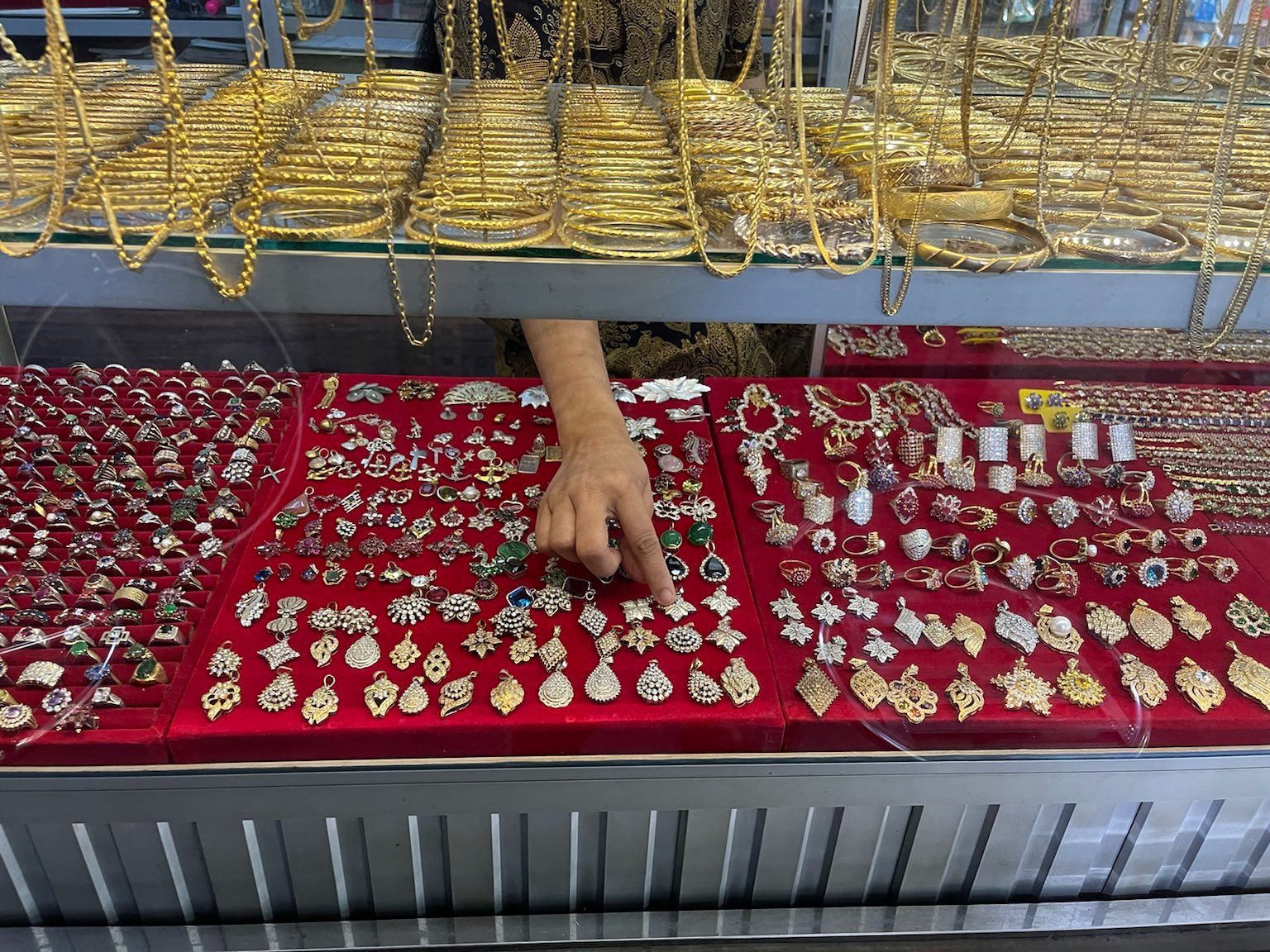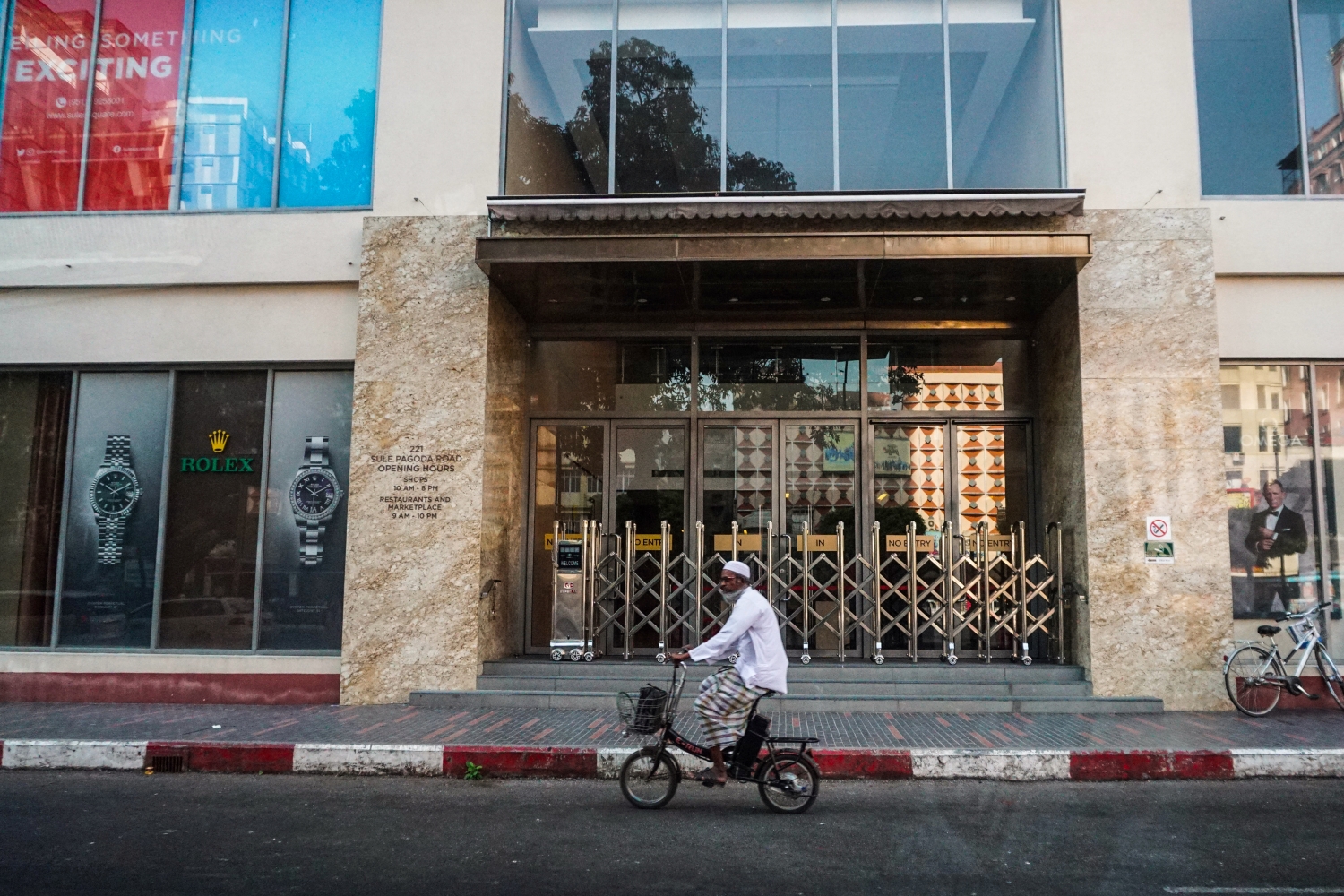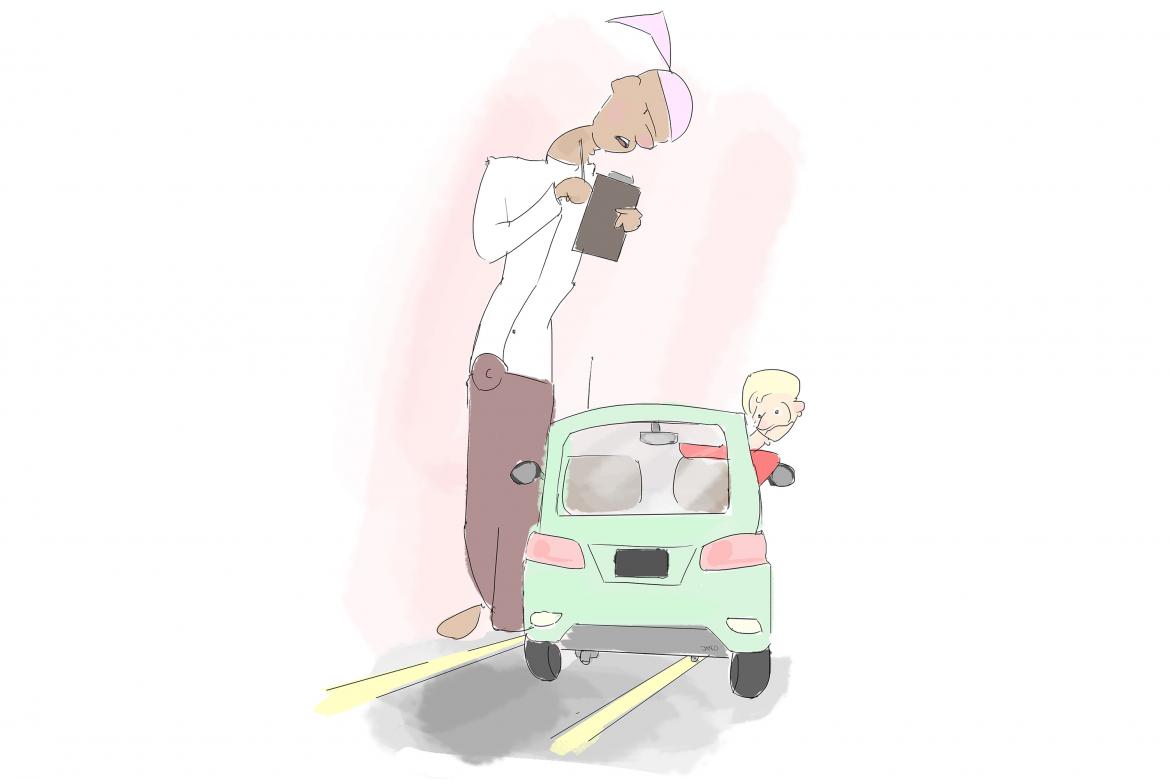The liberalisation of vehicle imports that began under the previous government needs reform, including a decision on whether to continue to allow right-hand-drive cars into the country.
By SITHU AUNG MYINT | FRONTIER
MORE than 670,000 vehicles have been brought into Myanmar since the U Thein Sein government began liberalising car imports soon after it took office in 2011. That’s an average of 130,000 vehicles a year, which is too many for a country as poor as Myanmar. It also helps to explain the traffic congestion in Yangon, because most of the imports have been registered for use in the commercial capital.
Most of the imports are second-hand Japanese vehicles with right-hand-drive, so they also pose an accident risk in Myanmar, where cars are driven on the right side of the road.
Although the government has generated revenue from vehicle imports, there are problems with the import policy. Simply put, it’s not sound and that’s what I would like to discuss this week.
The military governments that ruled until 2011 imposed an almost total ban on vehicle imports. The result was a national fleet of dilapidated and, in many cases, un-roadworthy vehicles featuring exorbitant price tags. Myanmar had some of the most expensive second-hand vehicles in the world. In the late 2000s, a 1984 Toyota Corolla station wagon in good condition, a model coveted by taxi drivers, was changing hands for more than US$20,000.
Support more independent journalism like this. Sign up to be a Frontier member.
Senior leaders of past military governments enriched themselves because they had the power to issue vehicle import permits, which sometimes cost as much as $100,000.
When U Thein Sein’s government began making it easier to import vehicles in 2011 its liberalisation policy was imprecise. Owners of old vehicles could surrender them to be scrapped in exchange for an import licence that they could use to bring in a car purchased abroad. This paved the way for the importation of hundreds of thousands of used Japanese cars.
A further easing of regulations enabled each citizen to import one used car provided they deposited a certain amount in an account at a state-owned bank. Import taxes and duties were determined largely by engine capacity, and as a result many people imported cars with engines of less than 1,300 cc, most of which are still on the roads in Yangon and Mandalay.
In the states and regions, though, most people use unlicensed, illegally imported vehicles. This is because they consider cars imported legally through Yangon to be too expensive as well as being unsuited for travel on rough roads in rural areas. The Kayin and Kachin hluttaws wanted to address this problem by licensing vehicles for use only in their states but the proposal was unsuccessful because the Union government would not approve it.
The National League for Democracy government needs to adopt a clear policy about vehicle imports, including deciding on whether to allow only left-hand-drive cars and trucks into the country.
Myanmar is one of the few right-hand-drive countries that tolerates right-hand-drive vehicles on its roads. Even in a poor, right-hand-drive country such as Cambodia, the import of right-hand drive vehicles is banned. If the government intends to continue to allow the import of used, right-hand-drive Japanese vehicles, the traffic system should be changed to left-hand drive.
The taxes imposed on imports should be changed to help ensure that buyers can afford vehicles that are best suited for the road conditions in the areas where they are used. Sedans with an engine capacity of 1300cc or lower and designed for urban use attract less tax than more rugged vehicles, such as SUVs, pick-ups and light trucks, which are more suitable for use in rural areas. Taxes on SUVS, pick-ups, light trucks and buses should be lowered.
The system under which individual import permits are issued also needs to be changed. In practice, the complexity of the process means that no one is able to import a vehicle for personal use and must rely on brokers or companies. The government should simplify the system and allow the companies to do the importing.
The system of surrendering derelict vehicles in exchange for an import permit should be abolished. Import permits are selling for between $7,000 and $8,000 under this system.
The government should encourage the establishment of factories that make vehicles suitable for use in Myanmar. As well as creating jobs, such a move would also produce broader benefits for the economy.







